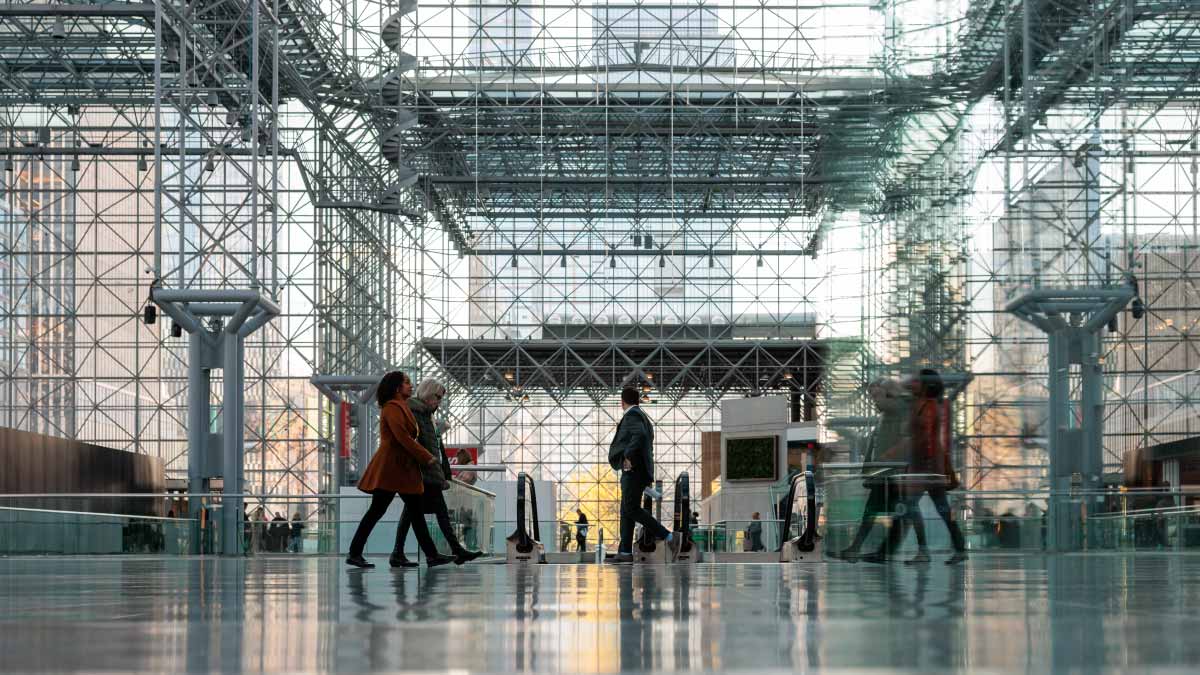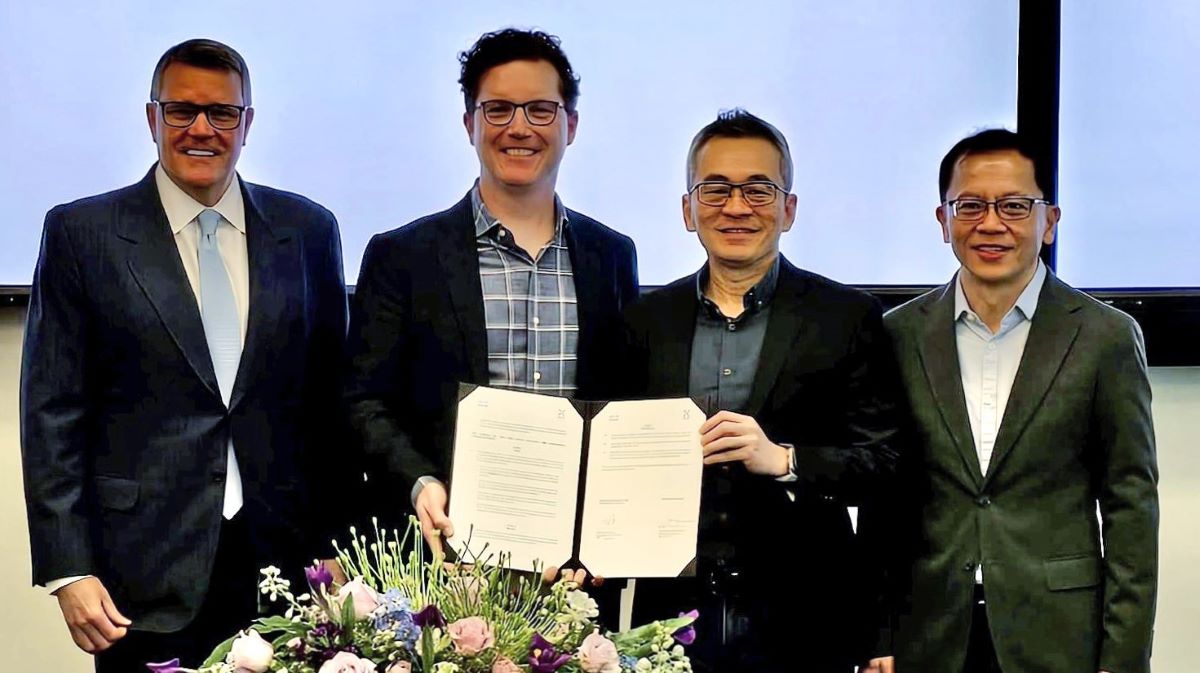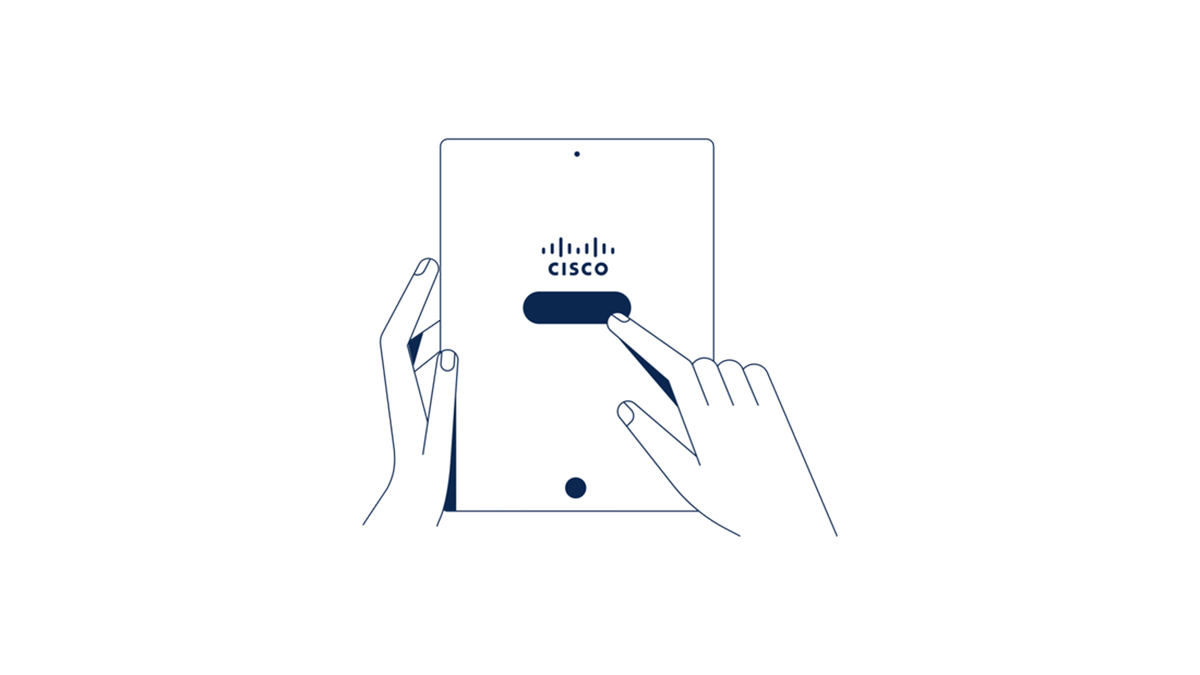Located on the West Side of Manhattan amid sweeping views of the Hudson River and New York Skyline, the Javits Center is a world-class convention space that hosts everything from car, boat, and technology shows to spiritual leaders and pop-culture events.
But staging great events is only part of the story. The Javits Center is a leader in technology, security, and sustainability. With a roof that houses a working farm and welcomes all manner of birds and pollinators, nearly 2,000 solar panels, and expansive high-tech energy management systems, Javits is deeply committed to its goal of a net-zero carbon future.
Cisco is helping make it happen.
“Cisco plays an important role in our transformative journey towards sustainability and helping us achieve our goals,” said Yashi Dadhich, director of energy and sustainability for the Javits Center. “Specifically, Cisco is helping us achieve our Net Zero Carbon Events pledge, which is to reduce our carbon emissions by 50 percent by 2030 and reach net-zero emissions in our operations by 2050.”
As with many such transformations, the Javits Center faced challenges along the way — among them Superstorm Sandy in 2012. The flooding swamped Javits’ lower floors, including those housing critical data centers, networking, and other systems, so the Center needed to rebuild quickly to get back to hosting events.
Despite the tragedy surrounding the storm, it became a great opportunity to modernize and rethink the Center’s relationships with its customers, its technology, and the natural world. With the full support of president and CEO Alan Steel, the Javits team set out to reimagine connectivity for its convention guests — who demand the best — while deploying some of the most efficient, secure, and sustainable technology available.
“We engaged Cisco and said, ‘We would like to install a network infrastructure that is future proof,’ ” said Timothy Gaburungyi, senior vice president and CIO at Javits. “Previously we had three data centers, and Cisco came in with an idea for one collapsed, converged network. It was a design for a network on which everything could ride — cameras, TVs, administrative systems, Wi-Fi, environmental, security.”
Of course, delivering a great experience for convention guests was paramount.
“Cisco enabled us to deliver on our promise to our customers,” Gaburungyi continued. “Prior to Cisco, we had very poor Wi-Fi, wireless, and internet connectivity. That high-level connectivity is critical for the kinds of major events that we host.”
Efficient energy, for the planet and for the business
For Javits, it was important to create that great customer experience while doing right by the planet. And Denise Lee, vice president for Cisco's Engineering Sustainability Office, sees the Center as a model for the kinds of collaborations that will carry conscious organizations into a profitable and more sustainable future.
“I see the Javits Center as a showcase for how this all can work together,” she said, “the innovation, the partnerships, the cultures, and the technology. It's applicable for hospitals and schools and corporate offices and campuses.”
Lee highlighted one aspect of the technology at Javits Center: energy management. Javits was an early adopter of Cisco Internet of Things (IoT) solutions enabling more efficient use of electricity.
“Javits has been engaged in so many amazing deployments,” Lee added, “especially around the energy management and the measurement of that energy, using specific telemetry off the devices. And through Nexus Dashboard, we’re making those insights from the data easily available.”
In addition, Cisco supported Javits in adopting Power Over Ethernet (POE) technologies. POE uses DC power from the network rather than higher-voltage AC power that needs to be converted at devices, improving overall energy efficiency. Cisco’s POE solutions allow organizations to consolidate power and data networks, reducing embodied carbon from steel and copper wiring,
“By consolidating our servers, we reduced space, power consumption, and electronic waste,” Dadhich said. “Then Cisco has also helped us with moving into Power Over Ethernet. All of our electronic devices are now using POE, which has reduced several sources of power, which directly ties with our energy reduction and using everything within the building very efficiently.”
Keeping climate change and cybercrime at bay
Of course, high-profile events can be a tempting target for cybercriminals. And top customers want to be sure that their own data is safe. Security is built into all of Cisco’s engagements, products, and solutions.
“Cisco is the bedrock of our cybersecurity program,” Gaburungyi stressed. “From the edge-to-edge firewalls to the data-center firewalls and the VPN files, that's all Cisco technology. From the admin operation and the DNA Security Systems and from the endpoint security systems detection and response, that’s all Cisco. Identity management with Cisco's ISE and now XDR extended response, that's also from Cisco. Email security, that’s Cisco. It’s pretty much a full range of Cisco security.”
Cisco Meraki cameras for physical security and monitoring room usage enhance the overall visibility. And Cisco Spaces enables environmental systems to actively respond to that data, with real-time adjustments in temperature and energy use.
“We won’t have to wait for someone to complain to make adjustments to room temperature,” Gaburungyi added. “Cisco Spaces will help us understand and better manage our heating, ventilation, and air conditioning because it will allow us to see how many people are now in the room. If a hall is empty, we won’t be running the air conditioning if it’s not needed.”
The Javits Center’s avian guests — attracted by the natural environs — are equally welcome.
“We’ve counted more than 70 bird species on our 6.75-acre green roof,” Dadhich said. “They love our food forest, which has 32 apple trees and six pear trees on a one-acre farm.”
Of course, all that innovation and lush greenery is drawing people as well — many of whom want to learn more about the Center’s cutting-edge strategies.
“Recently, we had 500 people in one week attending our tours,” Dadhich added. “It’s a great opportunity to share our sustainability journey with other organizations.”
Dadhich hopes that Javits’ journey inspires beyond convention centers.
“Any organization, any building, any urban area can use Javits Center as an example,” Dadhich concluded. “Everybody just needs to get started, and the next steps will fall in place.”
In the Javits Center’s case, those first steps led to a transformation that shows no signs of slowing — and a Cisco collaboration that was recently renewed for another 10 years.
As Lee put it, “the sky’s the limit.”





